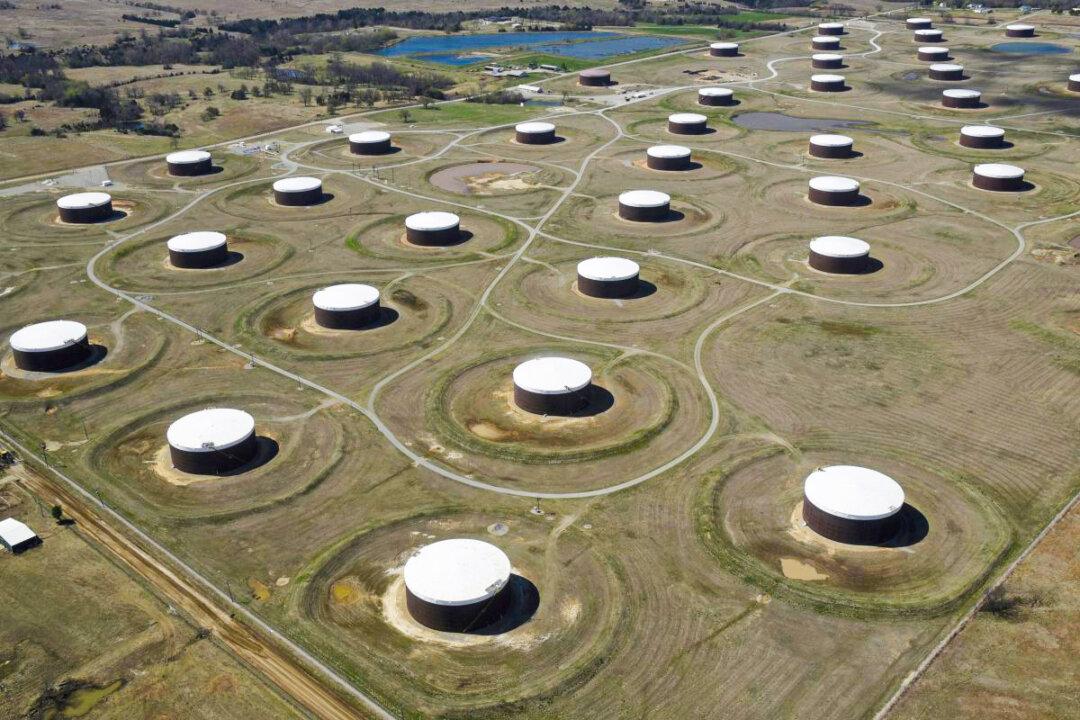LONDON—Oil rose to around $89 a barrel on Wednesday, within sight of a seven-year high, supported by tight supply and geopolitical tensions in Europe and the Middle East that raise concerns about further disruption.
U.S. President Joe Biden said on Tuesday he would consider personal sanctions on President Vladimir Putin if Russia invades Ukraine. On Monday, Yemen’s Houthi movement launched a missile attack on a United Arab Emirates base.





